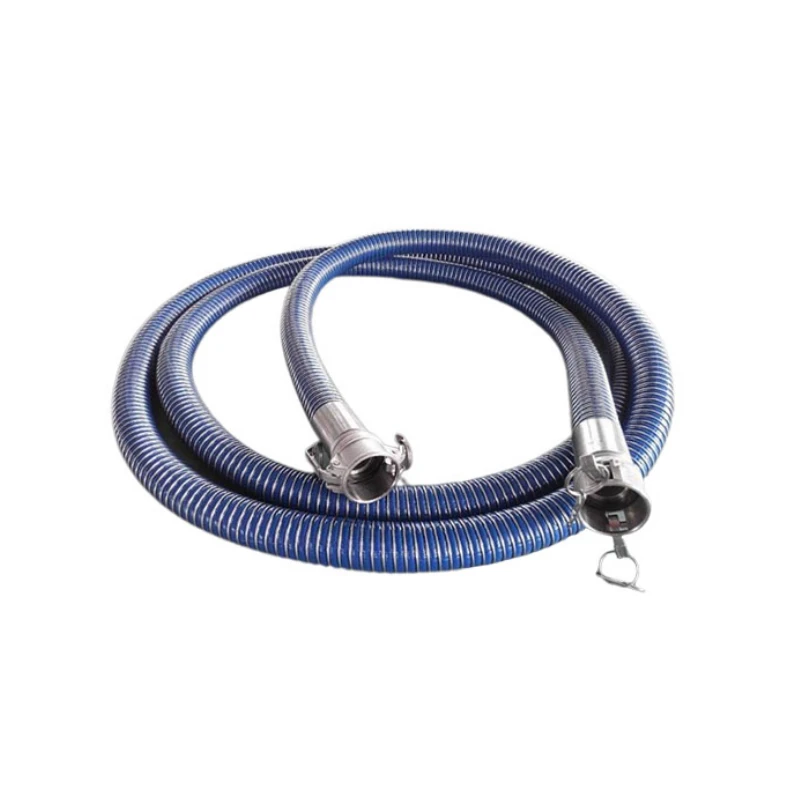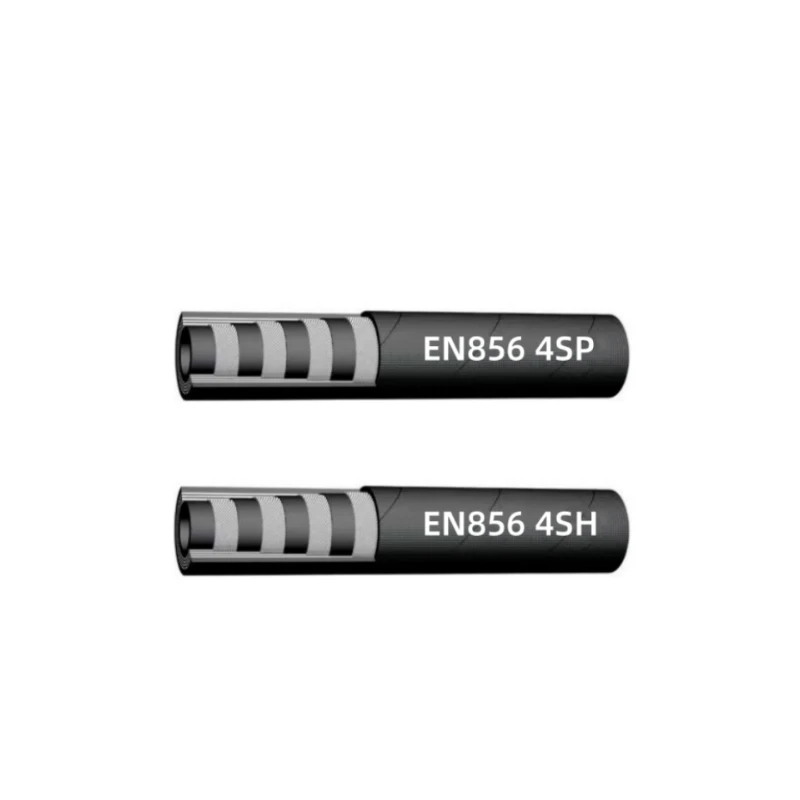
- Afrikaans
- Albanian
- Amharic
- Arabic
- Armenian
- Azerbaijani
- Basque
- Belarusian
- Bengali
- Bosnian
- Bulgarian
- Catalan
- Cebuano
- Corsican
- Croatian
- Czech
- Danish
- Dutch
- English
- Esperanto
- Estonian
- Finnish
- French
- Frisian
- Galician
- Georgian
- German
- Greek
- Gujarati
- haitian_creole
- hausa
- hawaiian
- Hebrew
- Hindi
- Miao
- Hungarian
- Icelandic
- igbo
- Indonesian
- irish
- Italian
- Japanese
- Javanese
- Kannada
- kazakh
- Khmer
- Rwandese
- Korean
- Kurdish
- Kyrgyz
- Lao
- Latin
- Latvian
- Lithuanian
- Luxembourgish
- Macedonian
- Malgashi
- Malay
- Malayalam
- Maltese
- Maori
- Marathi
- Mongolian
- Myanmar
- Nepali
- Norwegian
- Norwegian
- Occitan
- Pashto
- Persian
- Polish
- Portuguese
- Punjabi
- Romanian
- Russian
- Samoan
- scottish-gaelic
- Serbian
- Sesotho
- Shona
- Sindhi
- Sinhala
- Slovak
- Slovenian
- Somali
- Spanish
- Sundanese
- Swahili
- Swedish
- Tagalog
- Tajik
- Tamil
- Tatar
- Telugu
- Thai
- Turkish
- Turkmen
- Ukrainian
- Urdu
- Uighur
- Uzbek
- Vietnamese
- Welsh
- Bantu
- Yiddish
- Yoruba
- Zulu

Feb . 17, 2025 12:37 Back to list
Two Layers Steel Wire Reinforced Hydraulic Hose SAE 100 R2 / EN853 2SN


Another aspect to consider is the flexibility of the hose, which impacts handling and installation. A more flexible hose allows for easier maneuvering around equipment and obstacles, reducing labor costs and installation time. It also minimizes stress on the hose ends, prolonging the service life. Proper maintenance of chemical rubber hoses enhances safety and performance. Regular inspections should be scheduled to check for signs of wear, such as cracks, blistering, and abrasion. A maintenance routine may also involve pressure testing and flushing the hose to prevent blockages and buildup of residues, thereby extending its operational life and maintaining safety standards. Trustworthiness in chemical rubber hose service also involves investing in reliable partnerships. Partnering with established manufacturers or suppliers known for consistent quality and robust customer service can be invaluable. They can provide essential support, from initial product selection to after-sales service, ensuring that users derive maximum value and safety from their investment. As industries evolve, so do the demands on chemical rubber hoses. Emerging technologies, like reinforced composite materials, enhance hose capability and resilience under extreme conditions. Staying informed about these innovations and integrating them into applications can offer competitive advantages, including improved efficiency and reduced risk. In conclusion, the expertise involved in choosing the correct chemical rubber hose underscores its vital role in industrial operations. By focusing on compatibility, regulatory compliance, flexibility, and proper maintenance, businesses not only safeguard their operations but also enhance efficiency and value. Engaging with informed, experienced partners also amplifies these benefits, making the right hose choice a central component of operational success.
Latest News
Steel Wire Reinforced Hydraulic Hose SAE 100 R1 / EN853 1SN S
NewsOct.17,2024
Two Layers Steel Wire Reinforced Hydraulic Hose SAE 100 R2 / EN853 2SN
NewsSep.03,2024
Textile Braid Reinforced Hydraulic Hose SAE100 R3+R6
NewsSep.03,2024
Textile Reinforced Hydraulic oil Suction Hose with embedded Steel Wire SAE 100 R4
NewsSep.03,2024
Single Wire Braid and Textile Covered Hydraulic Hose SAE 100 R5
NewsSep.03,2024
High Pressure Thermoplastic Hydraulic Hose SAE 100 R7 / EN855 R7 - SAE 100 R8 / EN855 R8
NewsSep.03,2024
Heavy Duty Four-layer Steel Wire Spiral Reinforced Hydraulic Hose SAE100R9+R10+R12
NewsSep.03,2024
Heavy Duty Multi-layer Steel Wire Reinforced Hydraulic Hose SAE100R13 SAE100R15
NewsSep.03,2024
Latest Products










